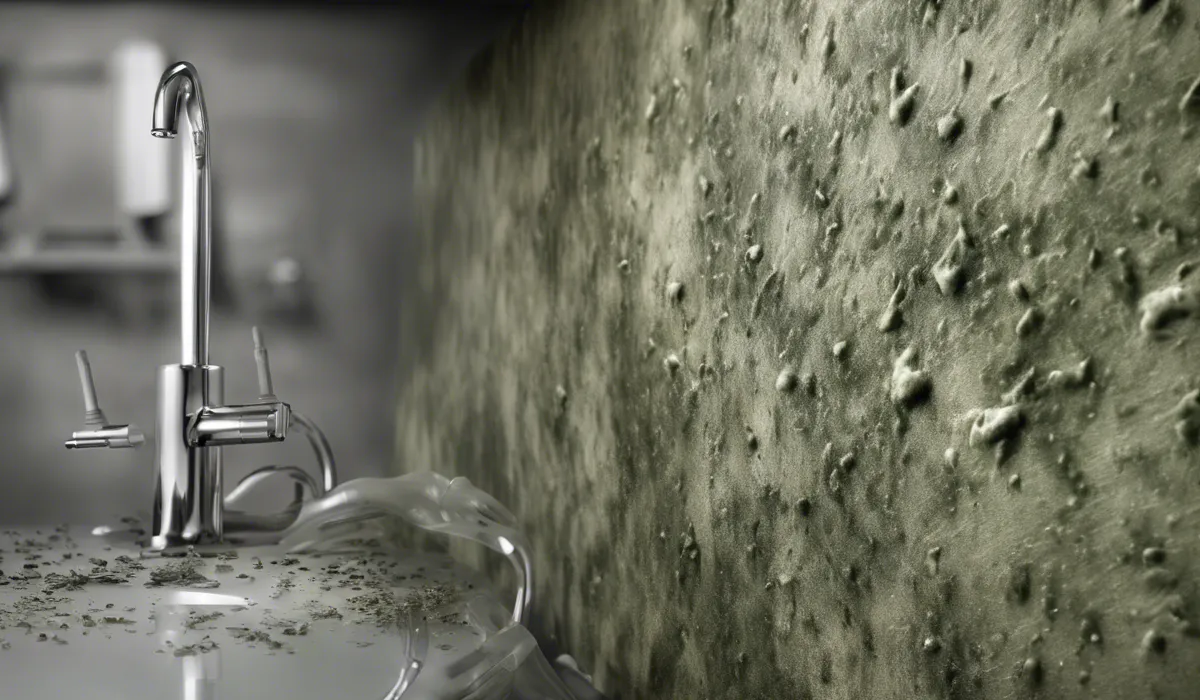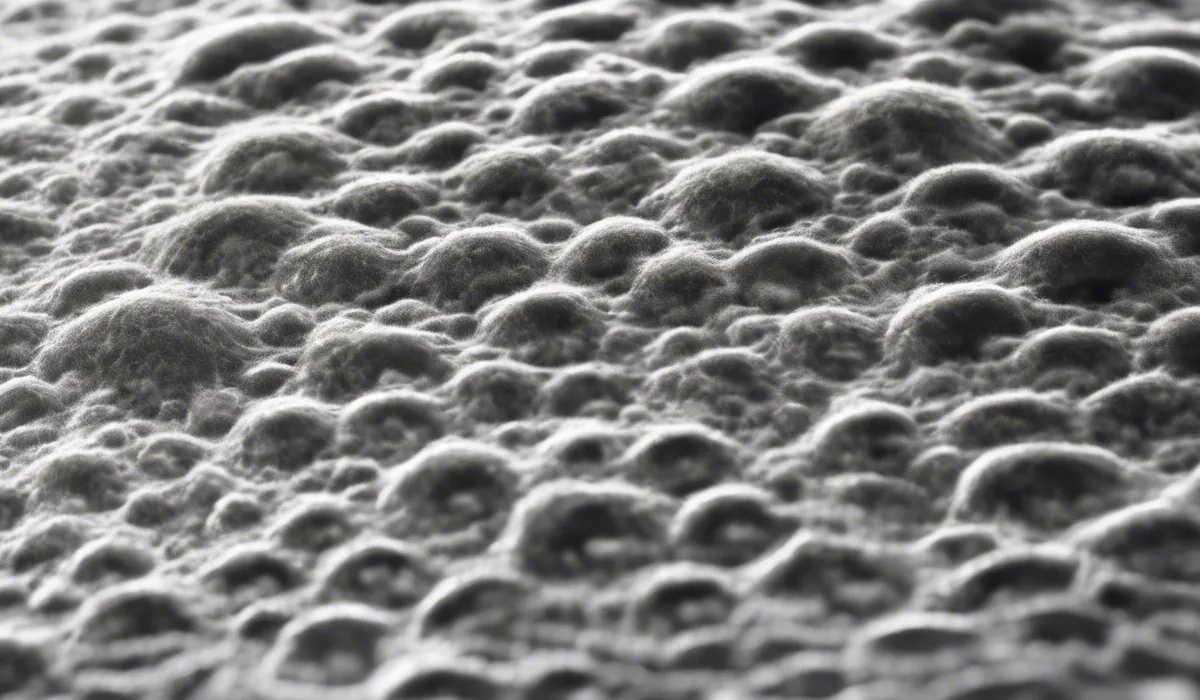Mildew is a type of mold characterized by its flat growth and white or grayish color. While all mildew is mold, not all molds are mildew. Mildew typically grows on surfaces, whereas molds can be more invasive. Both are fungi but have different textures and growth patterns.
Understanding Mold and Mildew

Definition of Mold
Mold is a type of fungus that can grow indoors and outdoors. It thrives in warm, damp, and humid conditions. Mold reproduces by releasing tiny, lightweight spores that travel through the air.
When these spores land in places with enough moisture, they begin to grow and spread. Mold comes in various colors, including black, green, and red.
Definition of Mildew
Mildew is also a type of fungus, closely related to mold. It tends to grow on flat surfaces and appears powdery or fluffy. Mildew is usually white or gray.
It is often found on plants or damp surfaces like bathroom walls and window sills. Mildew is less harmful than mold but can still cause problems if left untreated.
Biological Classification of Mold and Mildew
Mold and mildew are both fungi, a kingdom of organisms distinct from plants, animals, and bacteria. They belong to a group known as Hyphomycetes.
Although mildew is a type of mold, it is classified under the family Erysiphaceae, a group of fungi known for their powdery appearance and growth on plants.
Common Characteristics of Mold and Mildew
Both mold and mildew need moisture and organic material to grow. They can cause a musty odor and can spread quickly if not controlled.
They are also both allergens, which means they can cause allergic reactions in some people. Proper ventilation and humidity control are key factors in preventing their growth.
Differences Between Mold and Mildew

Appearance: Color, Texture, and Typical Growth Patterns
Mildew typically appears as a flat patch of white or gray fungus lying on the surface of a moist area. Mold is often seen in fuzzy or slimy patches with various colors.
Mold tends to grow in a more three-dimensional pattern, penetrating the surface it is on, while mildew stays on the surface.
Locations Where Mold and Mildew Are Commonly Found
Mildew is most commonly found on plants and organic materials in damp environments.
Mold, however, can be found in a wider range of locations, including inside walls, on food, and in other areas where moisture accumulates, like bathrooms and basements.
Health Effects of Mold Versus Mildew
Exposure to mildew can cause coughing, headaches, and sore throat, particularly in individuals with allergies.
Mold exposure can lead to more severe health problems, such as respiratory issues, allergic reactions, and in some cases, mycotoxin-related illnesses. People with asthma or immune deficiencies are more at risk.
The Severity of Infestations and Potential Damage to Structures
Mildew infestations are generally less severe and easier to treat. Mold infestations can be more persistent and destructive, potentially damaging the structural integrity of buildings by breaking down materials like wood and drywall.
Mold requires more aggressive action to remove and prevent future growth.
Treatment and Prevention

Methods for Identifying Mold and Mildew Infestations
To identify mold or mildew, look for visible signs of fungal growth, such as discolored patches or spots. A musty odor is also a common indicator.
Use moisture meters to check for high humidity levels, which can promote fungal growth. Regular inspections can help catch infestations early.
Recommended Cleaning Techniques and Solutions for Each
Cleaning mildew involves using a mixture of water and vinegar or a mildew-specific cleaner. For mold, a solution of water and detergent is often recommended.
However, for larger mold infestations, it may be necessary to use stronger fungicides or professional removal techniques.
Tips on Preventing Mold and Mildew Growth in Homes and Buildings
To prevent mold and mildew, control humidity levels with dehumidifiers, ensure good ventilation, fix leaks promptly, and dry wet areas within 24 to 48 hours.
Use mold-resistant products in areas prone to moisture, such as bathrooms and kitchens.
When to Call Professionals for Mold and Mildew Removal?
If you find large areas of mold or mildew, or if the infestation keeps returning, it is time to call in professionals.
They have the equipment and expertise to safely and effectively remove the fungus and help prevent it from coming back.
FAQs About Mildew and Mold
Is mildew the same as mold?
No, mildew is a specific type of mold known for its flat growth and white or grayish color, but not all molds are mildew.
Can mildew grow in more invasive areas like mold?
Mildew typically grows on surfaces and is less invasive compared to other kinds of mold, which can penetrate deeper into materials.
Are mildew and mold both types of fungi?
Yes, both mildew and mold are types of fungi, though they have different characteristics and growth patterns.
What is the texture difference between mildew and mold?
Mildew usually has a flat, powdery texture, while mold can have a fuzzy or slimy texture.
Where does mildew most commonly grow?
Mildew most commonly grows on damp surfaces, often in places like bathrooms, kitchens, and other areas with moisture and organic material.
Final Thoughts
Mildew is a specific type of mold distinguished by its flat, white or grayish appearance. It’s important to understand that while all mildew falls under the broader category of mold, molds encompass a wider variety of fungi.
Mildew is typically surface-level, whereas other molds can penetrate deeper into materials, indicating a diversity in textures and growth habits among fungi.
